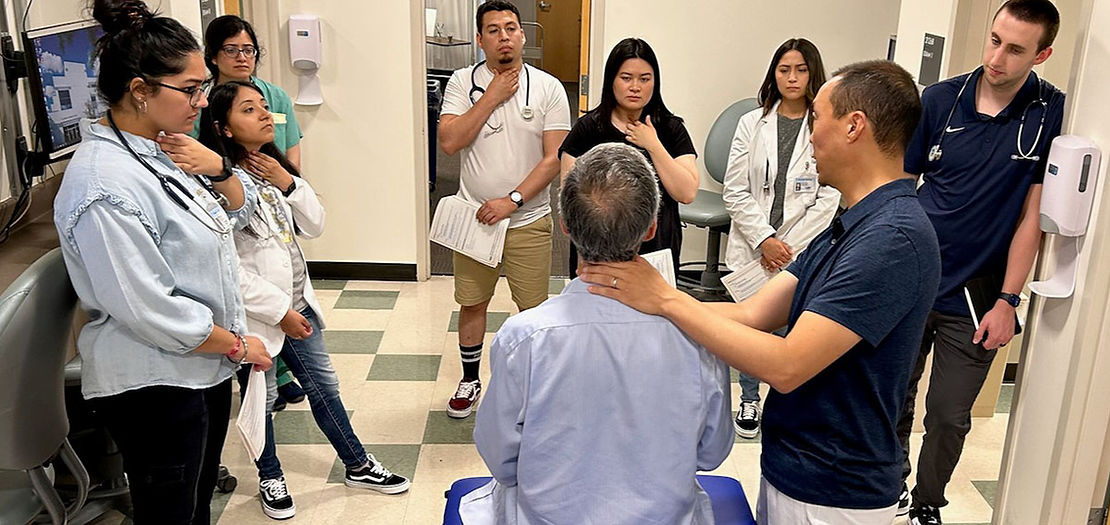By: Jayden Ho
Under the arches of the University of California, Davis medical school, a revolution is taking shape. Dr. Mark Henderson, head of admissions, stands against the tide. His mission: to rewrite the rules of medical school admissions, traditionally a privilege of the rich. His instrument: the Socioeconomic Disadvantage Scale (S.E.D.). As universities across the nation reel from the Supreme Court’s recent ruling against race-conscious admissions, Henderson’s groundbreaking approach offers a potential blueprint for preserving diversity in academia.
With the United States Supreme Court’s ruling against race-conscious admissions last week, selective schools across the nation are under immense pressure to transform their admissions policies. At the heart of the controversy, the University of California (U.C.), Davis Medical School innovating an unconventional tool to maintain diversity: the socioeconomic disadvantage scale, or S.E.D.
U.C. Davis, a trailblazer in achieving student diversity, has been using the S.E.D. since 2012 to evaluate applicants on a scale of zero to 99, considering factors such as family income and parental education. This, along with traditional considerations like grades and test scores, creates an all-round portfolio for admission decisions.
The S.E.D. system has catapulted U.C. Davis into the national spotlight, establishing it as one of the most diverse medical schools in a state that banned affirmative action in 1996. With 14% Black and 30% Hispanic students in its most recent intake of 133 students, compared to the national figures of 10% Black and 12% Hispanic. Additionally, 84% of the new intake comes from disadvantaged backgrounds, with 42% being the first in their families to attend college.
“The goal of the S.E.D is to create an equitable platform where every aspiring medical student, regardless of their socio-economic background, gets a fair chance,” Dr. Mark Henderson, the head of admissions at U.C. Davis, explained. “We aim to broaden the opportunity spectrum, fostering a rich diversity that is reflective of the real world, not just the privileged pockets of society.”
Last week, President Biden stated that his administration would initiate the creation of a “new standard for colleges taking into account the adversity a student has overcome.” This shift in admissions policy comes in response to the recent Supreme Court decision and the continuing struggle for representation in the medical field. Data from the Association of American Medical Colleges reveals that over 50% of medical students hail from families in the top 20% income bracket, while a meager 4% come from the bottom 20%.
However, these adversity scores, or socioeconomic affirmative action, are not without their detractors. Critics argue that these scales may not fully substitute race-conscious affirmative action and can also lead to legal challenges. Conservative groups who view these as proxies for race-based admissions are already threatening litigation.
Notably, U.C. Davis’s method has spurred interest from other institutions seeking to foster diversity while complying with the new laws. Dr. Mark Henderson, head of admissions at U.C. Davis, reported that approximately 20 schools have requested more information about the S.E.D. system.
Many schools, such as the University of Michigan, claim that admitting more socioeconomically disadvantaged students has not significantly boosted the number of Black, Hispanic, and Native American students.
Regardless of the skepticism and possible legal implications, Dr. Henderson remains determined to continue with the S.E.D. system. “Am I worried about it? Yes,” Dr. Henderson acknowledged, speaking about potential lawsuits, “Is it going to stop me? No.”











